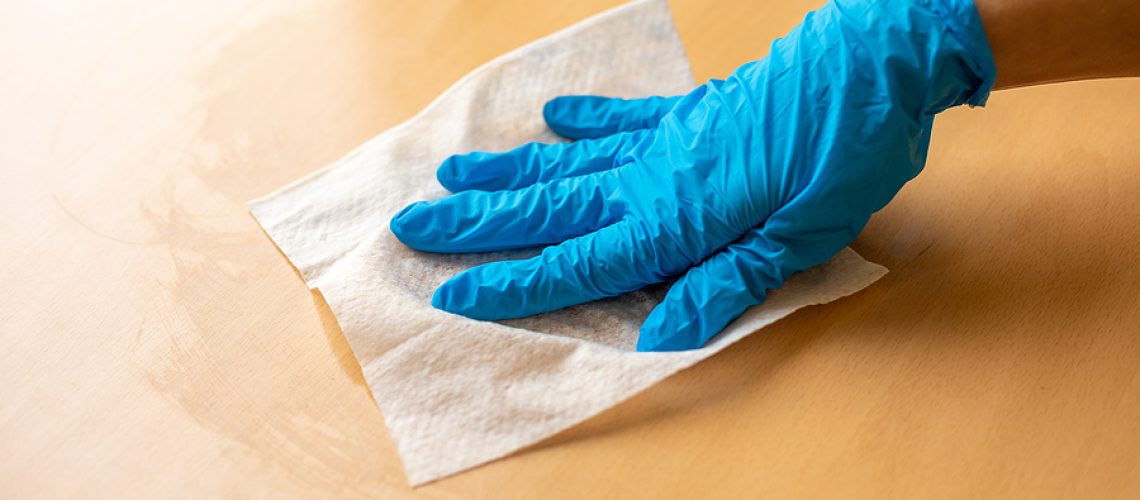No matter what activities are on your to-do-list today, you are cautious to keep the Covid 19 virus at bay just like everybody else. Whether you are at home, in your office, or just meeting up with friends for coffee at your favorite spot, you will subconsciously find yourself wondering if you are exposed.
While the good old washing with soap and water will help you get rid of these and other pathogens and give you some peace of mind, they will not kill them. Then again, who wants to carry soap and water everywhere they go?
How did people live before the invention of disinfecting wipes? These wipes are an easy and convenient way to de-germ your whole life — or just about everything in it except people, of course. That’s why you are likely to find disinfecting wipes everywhere today; in homes, offices, in your handbag as well as in your car.
Since disinfecting wipes are not your everyday all-purpose wipes. There is, therefore, a right and a wrong way to use them.
Have you been using disinfecting wipes correctly?
Most people can’t answer this question because they are not aware that there is a correct and a wrong way to use disinfecting wipes. The intended purpose of disinfecting is to kill germs. However, if the disinfectant is not applied correctly, you will only end up with a false sense of security and double exposure to germs. You know how it is; you will protect yourself more if you are in a place where you feel exposed to germs, unlike where you believe they are non-existent.
If you are planning to use disinfecting wipes, first, what brand is it?
Yes, that does matter too. Different disinfectant brands will have different chemical compositions and, therefore, should be applied differently. No matter the brand you settle for, some general rules apply to ensure that you achieve the level of protection you deserve.
General Rules When Using Disinfectant Wipes
Always Read Instructions Before use.
Before using any disinfectant, make it a habit to read the instructions. It is easy to assume that all disinfecting wipes work the same way, but they don’t.
One of the common discrepancies is how long the surface you are cleaning should stay wet for the disinfectant to kill the germs. If you are not willing to go the extra mile to ensure that the surface in question stays wet for as long as instructed, then there is no point in disinfecting at all. Using any cleaning products the wrong way could leave you exposed to the flu, stomach bug, or worse, the infamous coronavirus.
Allow the Surface to Stay Wet for a While
Always take note of the length of time your brand recommends for surfaces to remain wet. That way, the effects of the disinfectant will linger long enough to kill the germs.
Bearing in mind that the wetness factor is critical when using disinfectants, always check that the wipes are wet enough before use. That way, you will know for sure if they contain a disinfectant or not and will do what they claim to do. Wipes are likely to be dry if the container was left open after use. Don’t use dry disinfecting wipes. Instead, either discard them and get a new pack.
Use One Wipe per Surface
Like most people, you are probably also guilty of pulling out one wipe and using it to clean countertops, doorknobs, light switches, and several other high-touch surfaces. There is only one thing you will achieve by doing that. You will transfer germs from one point to another, making the disinfecting process completely pointless. To avoid that, always use one wipe for each separate surface while observing the recommended contact time.
Now that you know the basics of using disinfectant wipes, here is a step-by-step guide on their correct application.
Step by Step Guide on How to Use Disinfecting Wipes
- Clean any visible dirt with soap and water or an all-purpose cleaner since disinfectant will not go past solid particles.
- Confirm that the disinfectant will not damage the surface you want to clean by testing a small area. If there is no etching or discoloration, then you are good to go.
- Confirm that the wipes have enough moisture.
- Proceed to clean by wiping down the surfaces, ensuring that you do not use one wipe on multiple surfaces.
- Ensure the surface stays wet for the recommended length of time.
- Allow the surface to air-dry instead of wiping it away.
- For areas used for preparing food or eating, clean with fresh water and dry using a cloth before use
- Discard the used wipes into a trash can
- Wash your hands with soap and water
There you go.
The next time you need to use disinfecting wipes, you know what to do to keep yourself and your loved ones informed on dealing with germs.


